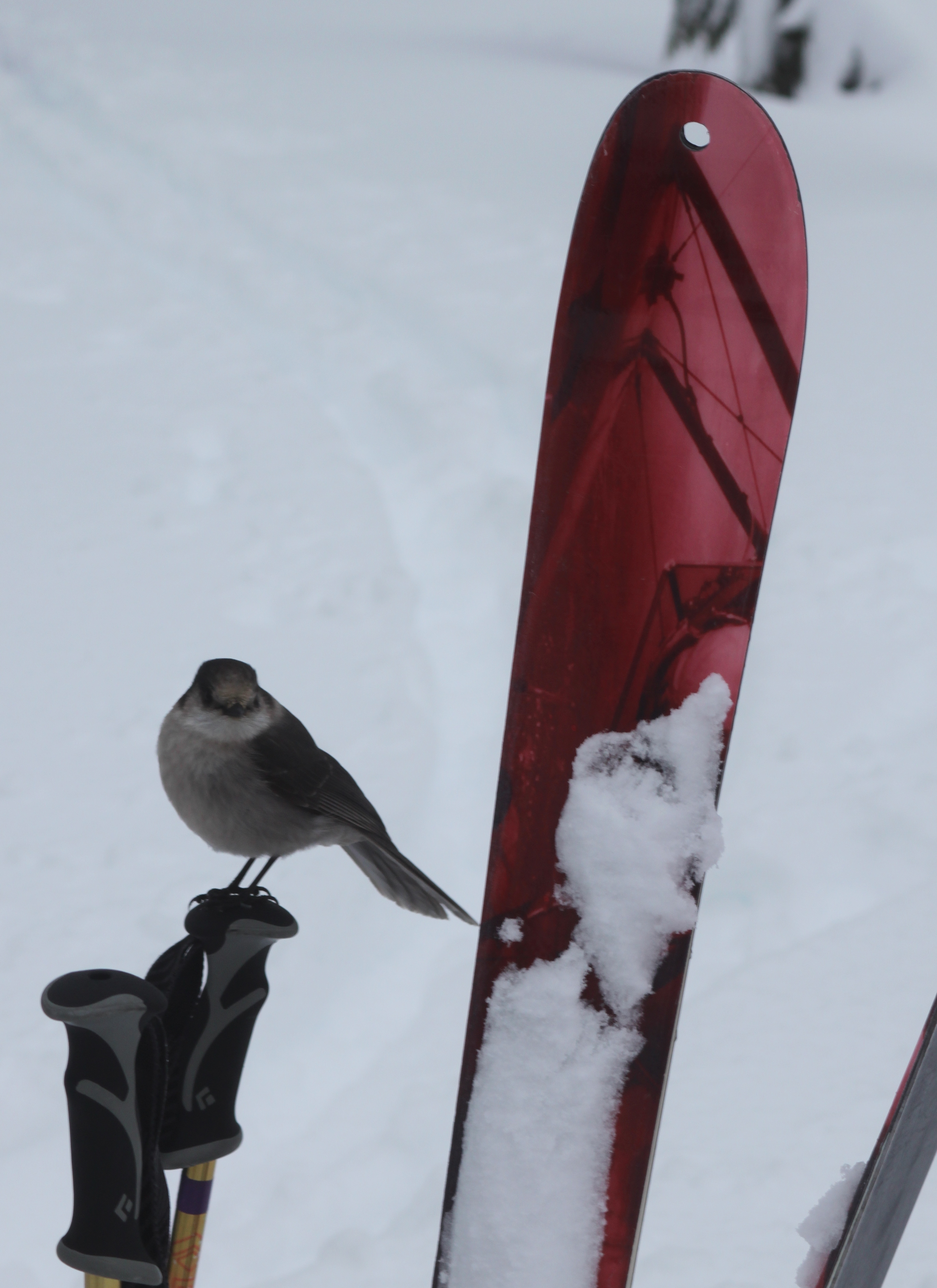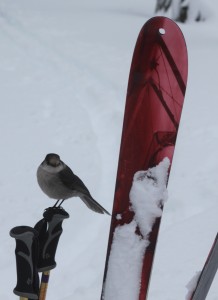A Social Media Storm

I originally wrote the following as a response to a question in a LinkedIn Group “Do you have a social media policy?”, and although it’s not a direct answer to that question it is an interesting lesson on an undesired effect of social media on SAR.
There are two competing forces in social media; frivolousness and seriousness.
The frivolous nature of the medium means that people don’t respect it because it’s like gossip at the water cooler; full of opinions and cat videos. Meaningless, fun and engaging. This completely explains the stupid stuff that people tweet and the almost daily “twitter scandals” we’ve had for the past few years.
The serious nature of social media comes from how the “real” media treat it — as a source of news. It’s this second use that I have a problem with because most of the “information” gathered via social media lacks rigor, attribution, and verifiability, yet media outlets will treat a tweet as a “second source” and go to press based on it.
However, the media knows that twitter is in it’s nature, frivolous, so they usually won’t put the story on their website, they will “report” it via the frivolous and non-official medium they received the tip in: Twitter! This leads to rapid spread of misinformation and unverified “facts” through well meaning people wanting to re-tweet what they consider important news.
On a recent four day long search I was the SAR manager on duty when we found the second subject, a young woman with developmental disability. Someone monitoring our radio frequency tweeted that she had been found “alive and well” when in fact we knew we had found someone and didn’t know their actual physical state (no definitive medical care was with her) or had verified her ID. The media used this as a second source (they were also scanning the radio) and re-tweeted the information.
For a woman who had been in the bush for four days in hot weather with no water she was in exceedingly good shape, but those conditions can result in kidney failure so we wanted to make sure we had a good assessment of her, and that we could contact her parents before the media reported unverified information. Getting an advanced life support paramedic to her was imperative because the field team in question did not have the tools or experience to make an assessment. We also needed to know what kind of evacuation was necessary – by ground, or the more urgent helicopter long line option. If a helicopter was required, we would need to make some phone calls.
We were lucky to be able to find her parents and escort them to the site before the media began reporting the information widely, and also before the media found them to ask for their reaction. The situation we wanted to avoid was the good news reaching them, followed by bad facts later. It turns out she was in very good shape, but that she needed to be carried out by stretcher, and sent to the hospital to be rehydrated and checked. This is far from “alive and well.”
The second effect of the tweet was a storm of media requests in the command centre that temporarily overwhelmed our ability to use either of our two phone lines. At the same time we were experiencing difficulty contacting the field team for a medical assessment via radio because of the location. I had to grab a command staff member’s iPhone and abandon the command truck for a few minutes to talk to the field teams via mobile. This delayed the transmission of information, and impeded our span of control. It would have also slowed down any helicopter rescue, should that have been requested.
I was also very cognisant of the fact that the errant tweeter was still monitoring the radio frequency and might, at any moment, tweet more information about the events transpiring.
This was one of the most intense 15 minutes of my SAR career so far.
Of course the ideal way to have handled this was to write a quick press release that the media could actually report off, but the “errant” tweet made this impossible.
The lesson is to treat the frivolous nature of this medium with respect.


Great article – it certainly relates to some of the struggles I am having with social media. At a recent major fire, I received a phone call from one of my senior Captains. He was on the west coast of Newfoundland and we are on the east coast. We were on scene for only 15 minutes and he told me that he was watching the event unfold on Facebook. The pictures posted on Facebook led to some questions about the Fire Departments strategy and tactics. While easy to deflect, the questions and photos represent a whole new dynamic. The fact you were overwhelmed in the command post is educational as well.
Thanks -Todd Brophy